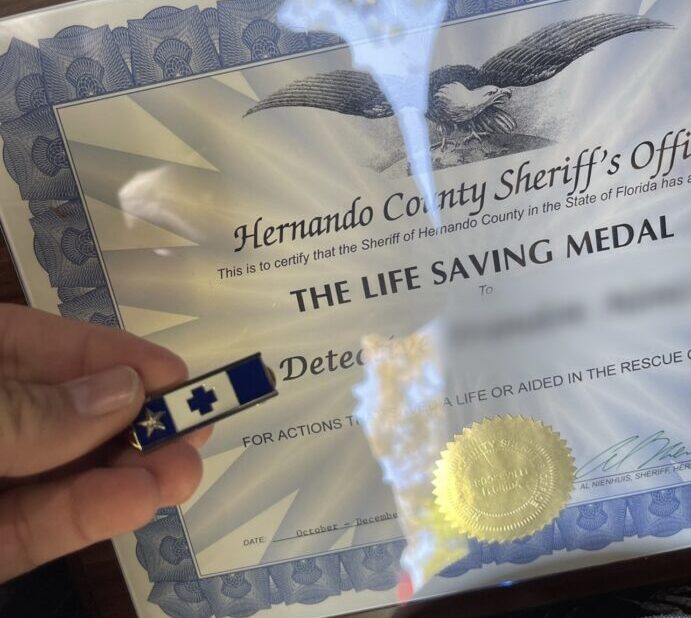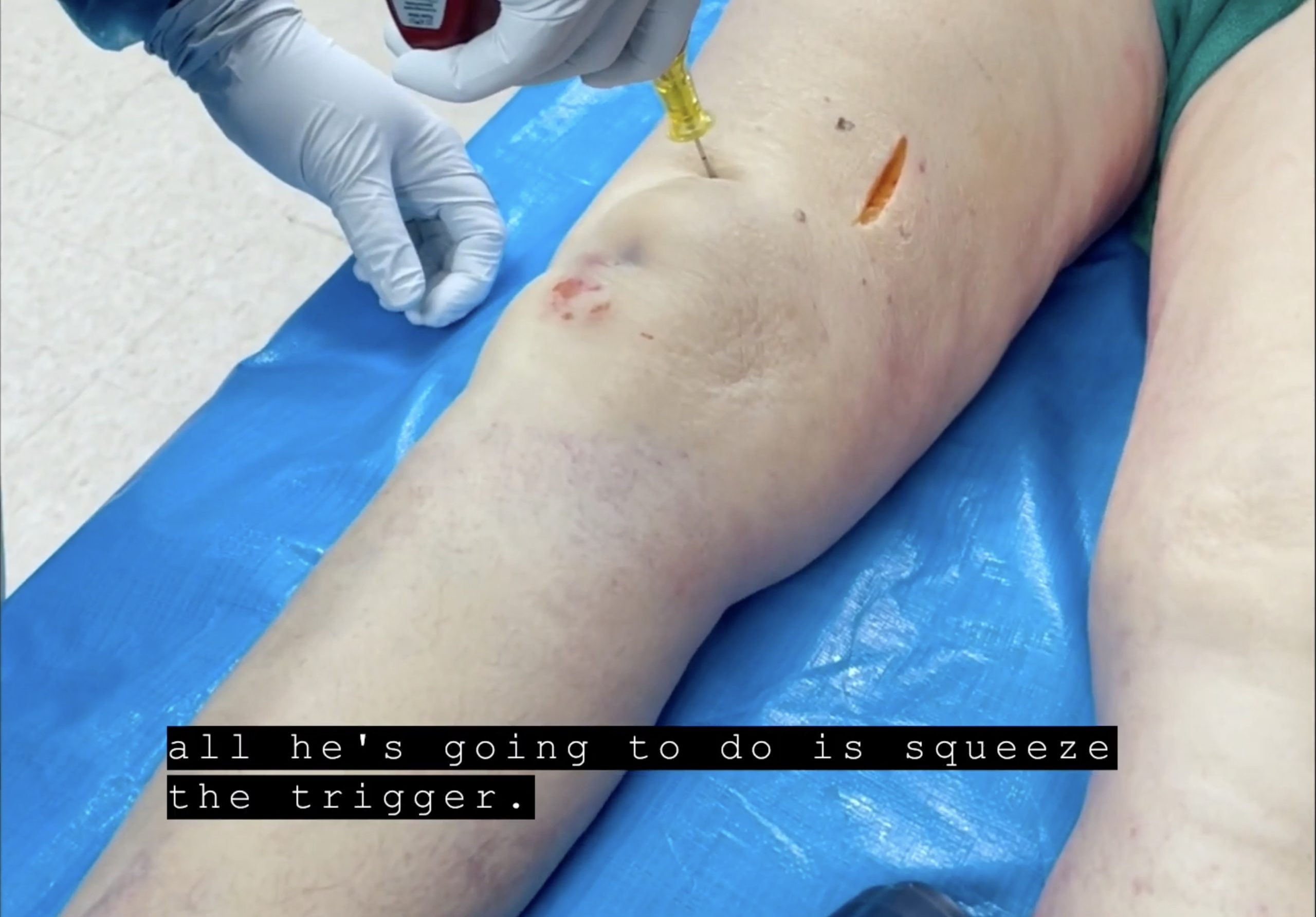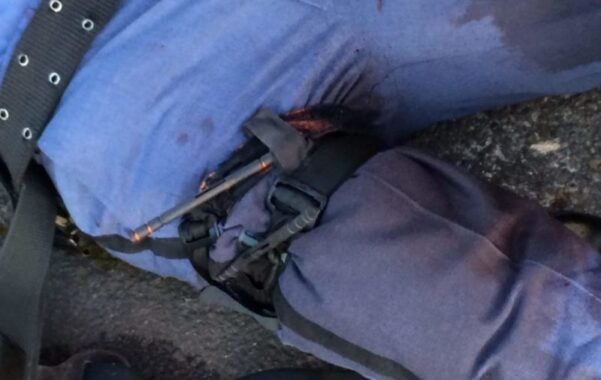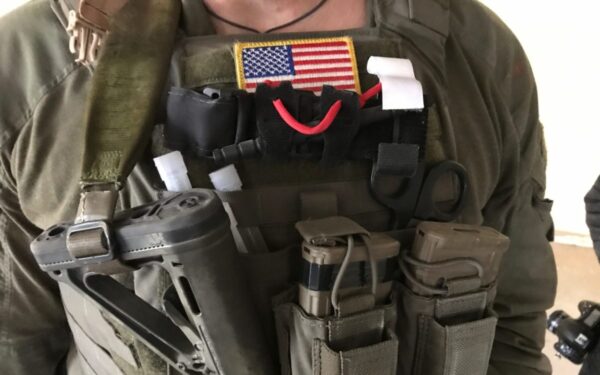🕖 Reading Time, 2 minutes I witnessed a motorcycle accident while on patrol. After checking for massive hemorrhage (M), I continued to assess the patient and realized he had an obstructed airway (A), so I applied a NPA and was …
MARCH: Massive Hemorrhage, Airway, Respiration, Circulation, Hypothermia Prevention
The easy to remember mnemonic MARCH reminds us of the priorities in treating casualties during TECC and TCCC situations. MARCH provides a framework to address immediate life threats and gives an organized approach to begin a casualty evaluation. The MARCH mnemonic is preferable to the ABCDE model because it takes into consideration the reason you need an airway and to be breathing is to circulate blood to the casualty’s brain. Recognizing that, the first step in our casualty evaluation should be to look for massive hemorrhage.
Once past massive hemorrhage, A-R-C is loosely approximated by A-B-C. H- is a reminder that a large number of traumatic casualties arrive at the emergency department or medical treatment facility hypothermic which dramatically increases their death rate.
The MARCH mnemonic can be applied to any patient, as the initial casualty evaluation usually rules out massive hemorrhage.
🕖 Reading Time, 6 minutes BLUF: “Normal” values vary by age, gender, temperature (both environmental and casualty’s), and lighting conditions. Different providers will see different durations of refill time. With all these adjustments and limitations of how normal is defined, …
🕖 Reading Time, 3 minutes Typically, intra-osseous access is performed either in the proximal humerus or proximal tibia in the civilian setting and sternally in the military. A recent study of 2016 US prehospital IO placements in adult out-of-hospital cardiac …
Marie and her family enjoy the traditional Christmas evening gathering including dancing and a visit from Herr Drosselmeyer. Marie and her brother receive extravagant gifts, Marie’s is an exquisitely crafted nutcracker. Suddenly, there is a sound to the south of …
If you are going to carry a tourniquet, we feel two is the minimum load-out carried on the body. 🕖 Reading Time, 3 minutes The best data available indicates a 70% occlusion rate of a single tourniquet on a volunteer …
CAT Environmental Breakage 🕖 Reading Time, 3 minutes We receive frequent questions about shelf-life and environmental degradation of tourniquets. There has been some discussion in the US Department of Defense about declaring a five-year self-life for new, unused commercial tourniquets …






